Monitor Athlete
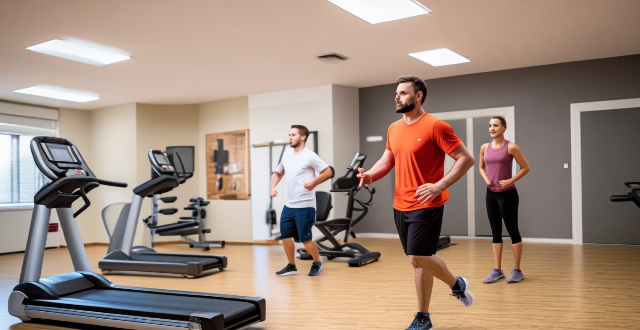
Can AI improve sports performance and athlete safety ?
Artificial Intelligence (AI) is transforming the sports industry by enhancing athletic performance and ensuring athlete safety through personalized gear design, optimized nutrition and training schedules, and injury prevention. AI's predictive capabilities help in preemptive measures against injuries, while wearable technology provides real-time data for monitoring an athlete's physical state. The future of AI in sports holds immense potential for real-time feedback, strategy adjustments, and fair play enforcement.

What is the role of biometric monitoring in athlete health and fitness ?
Biometric monitoring is a valuable tool for athletes to optimize their performance, recovery, and overall well-being. By collecting and analyzing data related to an individual's physical characteristics, such as heart rate, skin temperature, and body composition, athletes can gain insights into areas where they may need improvement or make adjustments to their training regimen. Biometric monitoring can also help athletes monitor their recovery from workouts and competitions, optimize their training regimens, prevent injuries, and enhance their overall well-being. Overall, biometric monitoring plays a crucial role in athlete health and fitness by providing valuable insights into performance, recovery, training regimens, injury prevention, and overall well-being.

How do high-tech training facilities contribute to athlete development and recovery ?
High-tech training facilities contribute to athlete development and recovery by providing advanced equipment, technologies, and personalized programs. These resources help improve performance, prevent injuries, and facilitate efficient recovery.
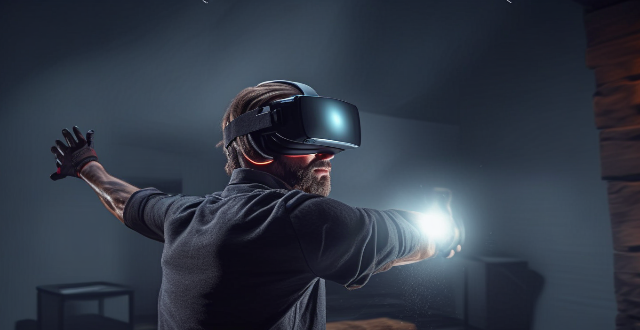
Can virtual reality training improve athlete skills ?
Virtual reality (VR) technology has been increasingly utilized in sports training, raising the question of whether it can improve athlete skills. The answer depends on several factors, including the type of sport and specific skills required. VR platforms offer a novel medium to develop cognitive skills such as concentration and alternating attention. They can be highly beneficial for sports requiring precision and accuracy, providing a controlled environment for repeated practice and immediate feedback. However, VR should not replace traditional physical training entirely but be used as a supplementary tool. Additionally, VR can help athletes mentally prepare for competition by simulating game scenarios and practicing decision-making skills under pressure. The effectiveness of VR training depends on various factors, and its evolution in sports training programs will be interesting to observe as technology advances.

What is the best way to monitor heart rate during exercise ?
Monitoring heart rate during exercise is crucial for staying healthy and achieving fitness goals. The best way to monitor heart rate during exercise depends on personal preferences and fitness goals. Wearable heart rate monitors are convenient and non-invasive, while chest straps provide accurate data. Fingertip devices are affordable and easy to use, but less accurate than other methods. Smartphone apps are free or inexpensive, but may not work well in certain situations. Ultimately, the choice between these methods should be based on individual needs and preferences.

How can I monitor my heart rate during exercise for optimal health results ?
Monitoring your heart rate during exercise is crucial for efficiency, safety, and progress tracking. Tools include heart rate monitors, smartphone apps, fitness trackers, and chest straps. Before starting, consult a doctor and choose the right tool. During exercise, wear your monitor, warm up, stay in your target heart rate zone, adjust intensity, and cool down. After exercise, record data, analyze results, and rest. Best practices include calibrating devices, staying hydrated, being consistent, and listening to your body.
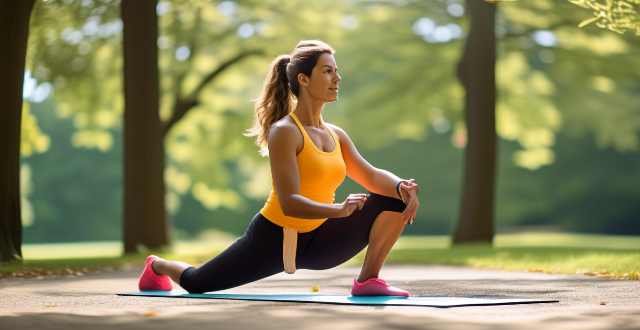
What is the best way to structure a training program for a beginner athlete ?
As an AI assistant, I can provide general guidelines and tips on how to structure a training program for a beginner athlete. Before starting any training program, it is important to set clear goals and objectives. Every training session should start with a warm-up and end with a cool-down period. Strength training should be a key component of any beginner athlete's training program. Cardiovascular training is essential for improving endurance, burning calories, and enhancing overall health. Flexibility and mobility are often overlooked but are crucial for preventing injury, improving performance, and maintaining good posture. Recovery and rest are equally important as training itself. By following these guidelines and seeking guidance from qualified coaches or trainers, beginner athletes can safely and effectively improve their fitness levels and achieve their desired outcomes.

Can sport monitoring technology help prevent injuries ?
Sport monitoring technology has become increasingly popular in recent years, with many athletes and coaches using it to improve performance and prevent injuries. This technology includes wearable devices such as fitness trackers, heart rate monitors, and GPS tracking systems, as well as more advanced technologies like motion capture systems and force plates. Sport monitoring technology works by collecting data on an athlete's movements, heart rate, and other physiological factors. This data is then analyzed to provide insights into the athlete's performance and identify areas where they may be at risk of injury. By tracking an athlete's movements and physiological factors, sport monitoring technology can identify potential injury risk factors early on, help coaches create personalized training plans for each athlete based on their individual needs and abilities, monitor recovery periods between sessions, and educate athletes and coaches about injury prevention strategies. Overall, there is evidence to suggest that sport monitoring technology can help prevent injuries in several ways. However, it is important to note that no technology can completely eliminate the risk of injury, and proper training, conditioning, and safety measures should always be prioritized.
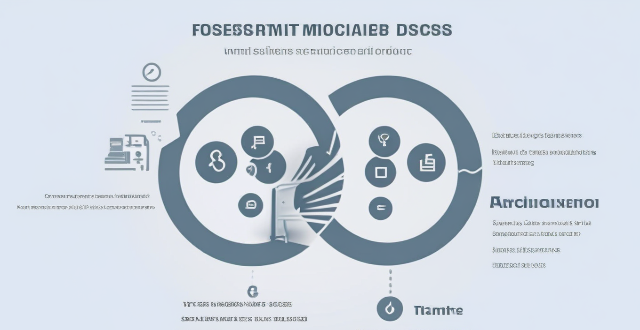
In what ways can heart rate monitors improve athletic training ?
Heart rate monitors significantly enhance athletic training by enabling targeted intensity, objective data analysis, recovery monitoring, pacing strategies, and individualized training. To use them effectively, athletes should establish baseline measurements, set clear goals, create a structured plan, continuously monitor progress, and incorporate technology for easy tracking and insights.
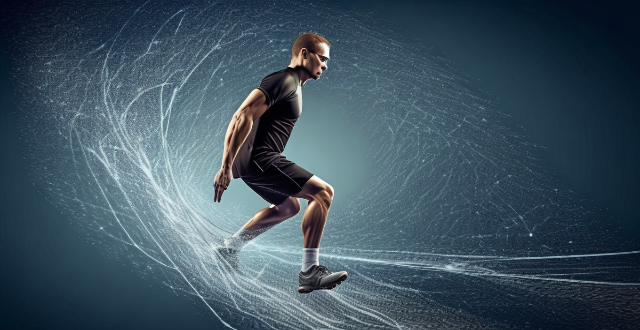
How is GPS used in sports monitoring and analysis ?
GPS technology has transformed sports monitoring and analysis by providing accurate data on athlete movements, speed, distance, and other performance metrics. Its primary uses include tracking athlete movements during training or competition, measuring speed and distance, and analyzing various performance metrics such as heart rate and power output. The benefits of GPS in sports monitoring include improved performance, injury prevention, effective pacing strategies, personalized training plans, and data-driven decision making. Examples of GPS use in sports monitoring include football (soccer), cycling, swimming (with wearable devices instead of GPS), and running.

What are the risks associated with overtraining in a sports program ?
Overtraining, or "overreaching," is a condition that arises when an athlete consistently trains beyond their body's capacity to recover. This can lead to various physical and psychological risks, including musculoskeletal injuries, immune system suppression, hormonal imbalances, decreased performance, cardiovascular stress, sleep disturbances, nutritional deficiencies, burnout syndrome, mood disorders, reduced motivation, and cognitive impairment. To prevent and manage these risks, athletes, coaches, and sports medicine professionals should implement regular recovery periods, ensure adequate nutrition and hydration, monitor training load, prioritize sleep quality and quantity, and seek professional help if signs of overtraining persist. It is crucial to be aware of the potential risks associated with overtraining to ensure long-term health and well-being in a sports program.
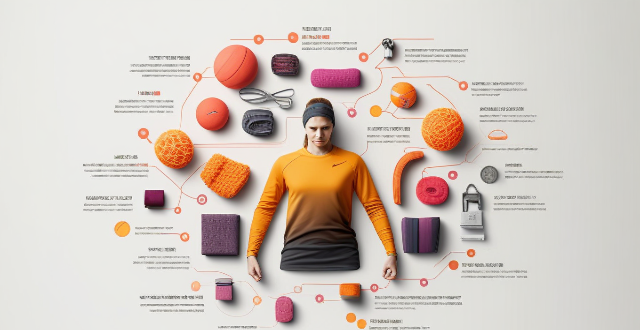
How do smart fabrics work in sports clothing ?
Smart fabrics in sports clothing incorporate conductive threads and sensors to monitor movements, vital signs, and environmental factors. They provide real-time feedback for performance enhancement and injury prevention. Features like thermoregulation and self-cleaning improve comfort and durability. Integration with devices allows for a seamless user experience, while customization options offer personalized fits and designs.

How do motion tracking devices integrate with sports uniforms ?
Integration of motion tracking devices with sports uniforms can provide real-time data on an athlete's movements, such as speed, acceleration, and direction. This integration can be achieved through wearable tech, embedded sensors, or smart textiles. The benefits of this integration include improved performance analysis, injury prevention, and better athlete management.

How does AI technology help with injury prevention in sports ?
AI technology is revolutionizing sports injury prevention by providing valuable insights into an athlete's physical condition, performance, and risk factors. Through data analysis, real-time monitoring, biomechanical analysis, recovery support, and injury surveillance, AI technology helps coaches, athletes, and medical professionals take proactive steps to prevent injuries and promote safer sports environments.

What are the latest trends in sports research and development ?
The latest trends in sports research and development include wearable technology for real-time monitoring, data analytics for performance evaluation, genetic testing for personalized training, VR and AR for skill development, recovery technologies like cryotherapy, and nutritional advances. These advancements focus on enhancing athletic performance while emphasizing athlete health and well-being.

How can coaches use sports biomechanics to optimize training programs for their athletes ?
How coaches can use sports biomechanics to optimize training programs for their athletes, including improved technique, injury prevention, and enhanced performance. Steps to integrate sports biomechanics into training programs include assessing the athlete's baseline performance, analyzing their technique, designing a customized training program, monitoring progress and making adjustments, and incorporating technology into training sessions. Examples of how sports biomechanics can optimize training programs include strength training, running mechanics, and swimming technique.
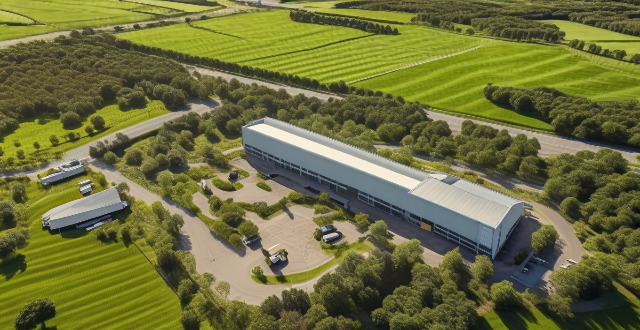
Are there any risks associated with the treatments offered at sports rehabilitation centers ?
Sports rehabilitation centers offer a range of treatments aimed at helping athletes recover from injuries and improve performance, but there are potential risks associated with these therapies. Incorrect diagnosis or misdiagnosis, overexertion or reinjury, adverse reactions to treatments, infection risks, and long-term effects of treatments are some of the common risks associated with sports rehabilitation treatments. Athletes should work closely with their therapists to ensure proper diagnosis and treatment planning while being aware of potential risks and seeking prompt medical attention if needed.

How do I become a professional athlete in basketball ?
To become a professional basketball player, start early, practice regularly, join a team or club, focus on academics and attend a good high school with a strong basketball program. Get recruited by a college program, excel in college, gain national exposure, hire an agent, and go through the draft process. Stay focused, maintain a positive attitude, and be willing to put in the work to achieve success.

How can technology help in designing and monitoring a sports training plan ?
Technology has revolutionized sports training, allowingTechnology has revolutionized sports training, allowing workout programs through wearable devices allowing for more personalized and efficient workout programs through wearable devices, data analytics, and virtual training environments. It aids in designing training plans by collecting performance data, tracking movement patterns, simulating game scenarios, and customizing regimens based on individual needs. Technology also enhances monitoring progress with real-time feedback, recovery management tools, and adaptive goal setting features. These advancements provide valuable insights that traditional methods cannot match, shaping the way athletes reach their peak performance.
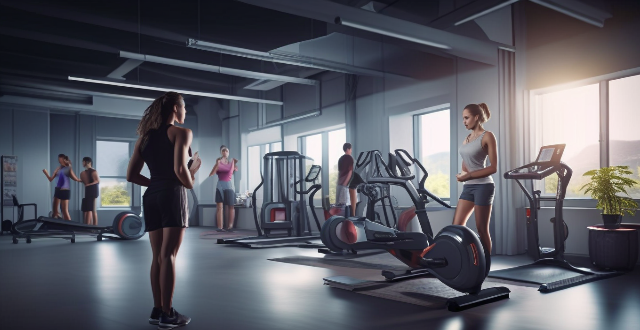
What are some examples of cutting-edge technologies used in professional sports ?
Cutting-edge technologies have revolutionized professional sports, improving athlete performance, fan engagement, and operational efficiency. Wearable technology tracks health metrics, while VR/AR enhances training and fan experiences. Biometric data analysis optimizes physical condition, video analytics deepens game insights, AI transforms coaching, scouting, and fan interaction, and IoT devices improve facility management. These advancements promise continued innovation in the future of professional sports.
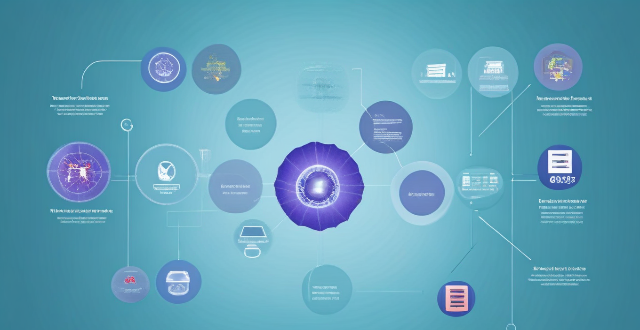
Can wearable technology effectively monitor chronic health conditions ?
Wearable technology shows potential in monitoring chronic health conditions by providing real-time data on health metrics. However, accuracy, data overload, and privacy concerns are limitations to consider. It should be used in conjunction with other forms of healthcare monitoring for effective management of chronic conditions.

How effective are the treatments at sports rehabilitation centers ?
Sports rehabilitation centers play a crucial role in helping athletes recover from injuries and return to their peak performance levels. The effectiveness of treatments at these centers depends on various factors, including the expertise of the staff, the facilities available, and the individual needs of each athlete. In this article, we will discuss the key aspects that contribute to the success of sports rehabilitation programs.

Do fitness trackers accurately monitor sleep patterns ?
The article discusses the accuracy of fitness trackers in monitoring sleep patterns. It explains that while these devices can provide useful information about sleep duration, quality, and stages, their accuracy may vary depending on factors such as device placement, user movement during sleep, and environmental conditions. The article also compares fitness trackers to professional sleep studies conducted by medical professionals and concludes that fitness trackers should not be considered a substitute for these studies.

How can I monitor my home security system remotely ?
This guide provides a comprehensive overview of how to monitor your home security system remotely. It covers choosing a reliable security system, connecting it to the internet, monitoring your home remotely, and maintaining your security system. The guide emphasizes the importance of researching and selecting a suitable security system, establishing a secure internet connection, setting up remote access, viewing live streaming footage, receiving alerts and notifications, controlling your security system remotely, regular maintenance, and software updates. By following these steps, you can ensure the safety and security of your home while away.

How accurate is the heart rate monitor on the Apple Watch ?
The Apple Watch's heart rate monitor is generally accurate but can be affected by factors like movement, fit, skin type, and temperature. It's recommended to ensure proper fit and minimize movement for the most accurate results.
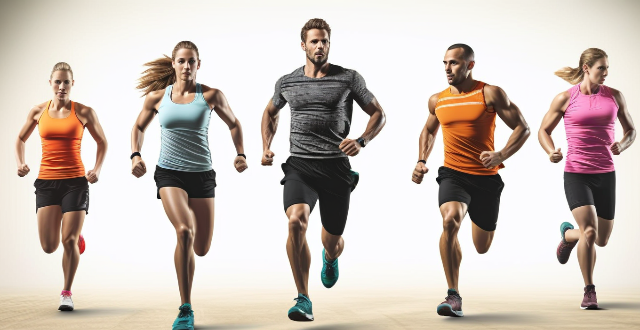
What are the most common metrics used in analyzing sports performance ?
Analyzing sports performance is crucial for athletes, coaches, and teams to improve their skills, strategies, and overall performance. There are several metrics used to evaluate different aspects of sports performance, including time-based metrics such as speed and pace; distance-based metrics such as distance covered and displacement; power-based metrics such as peak power and power endurance; technique-based metrics such as form analysis and biomechanical analysis; physiological metrics such as heart rate and VO2 max; and mental metrics such as mental toughness and motivation levels. These metrics can help athletes and coaches identify areas for improvement and develop effective training programs to enhance performance.

What types of data do sports performance tracking systems collect ?
Sports performance tracking systems collect a variety of data types, including physiological, biomechanical, technical, tactical, and psychological information. This data can help athletes and coaches analyze performance, identify areas for improvement, and make informed decisions about training and competition strategies. Other information such as environmental conditions, equipment used, and nutrition intake may also be collected to provide a comprehensive picture of an athlete's performance.

How can sports psychology help athletes manage stress and pressure during competitions ?
Sports psychology helps athletes manage stress and pressure during competitions by providing techniques and strategies to improve mental toughness, confidence, and focus. These techniques include goal setting, visualization, breathing exercises, mindfulness and meditation practices, and coping strategies such as problem-solving and emotion regulation. By implementing these tools, athletes can improve their performance and enjoy their sport more fully.
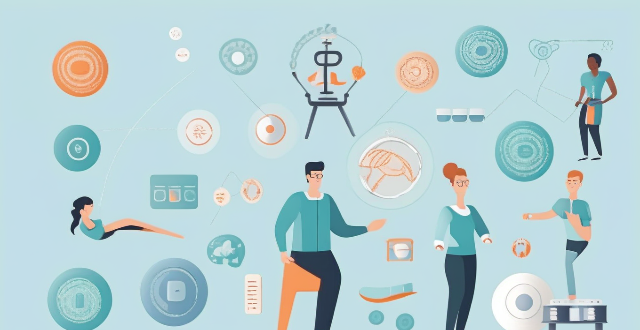
How has wearable technology influenced the development of sports equipment ?
Wearable technology has revolutionized sports by providing athletes with innovative tools to enhance their performance and monitor their health. This includes improved performance tracking through real-time data collection and advanced analytics, enhanced safety and injury prevention through impact monitoring and recovery monitoring, personalization and customization of training programs and equipment, connectivity and social interaction through virtual training partners and social media integration. These advancements have led to better overall performance, faster improvement rates, increased safety, and a sense of community among athletes.